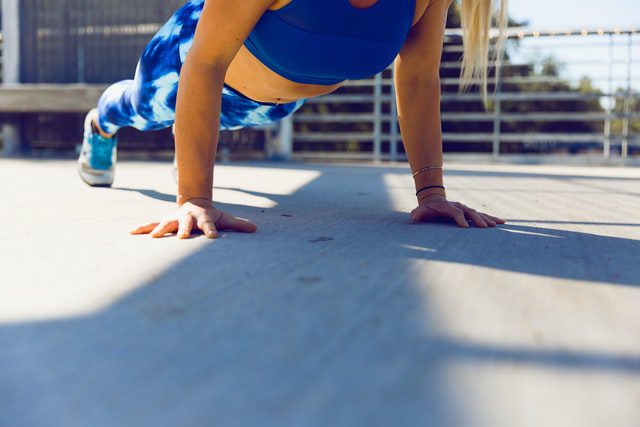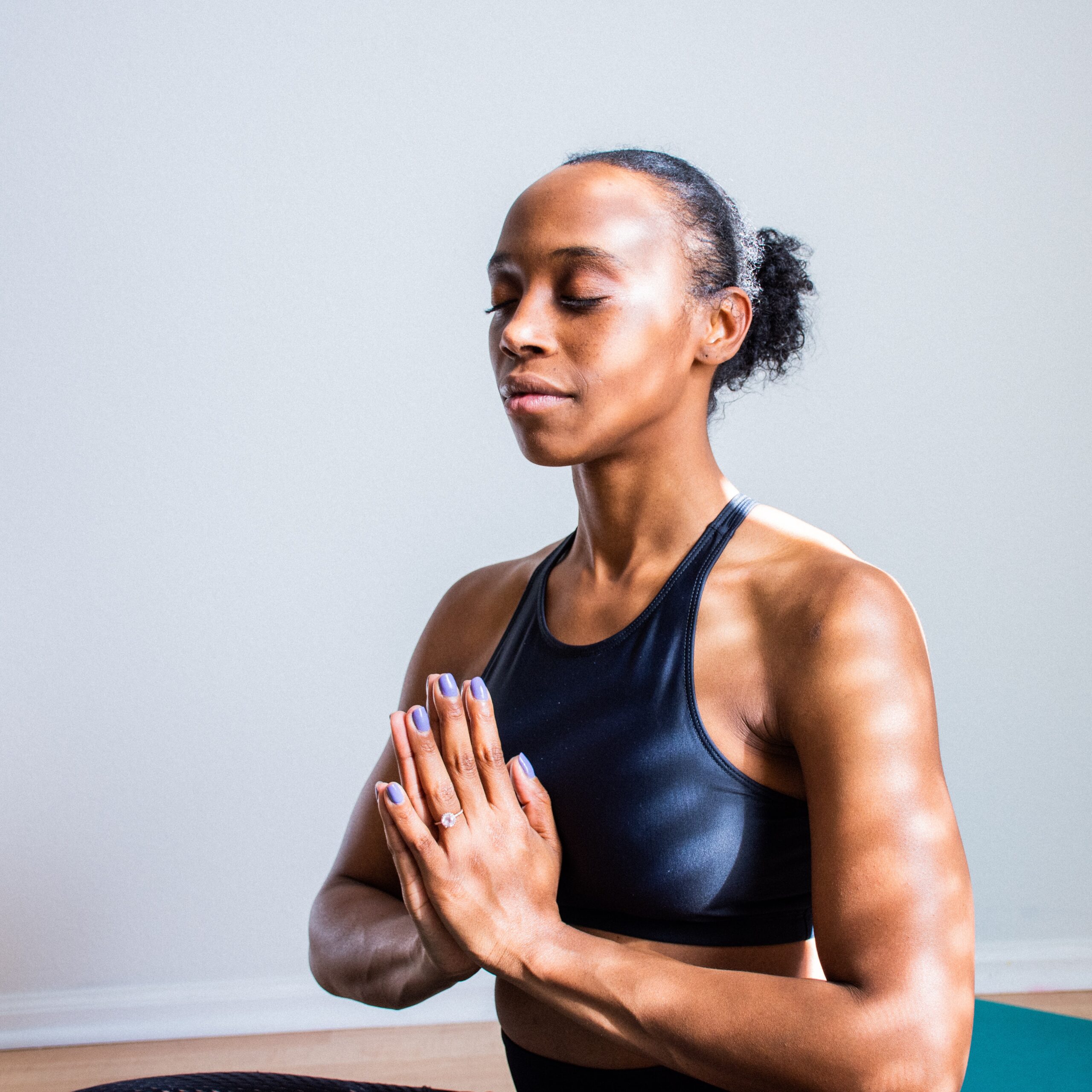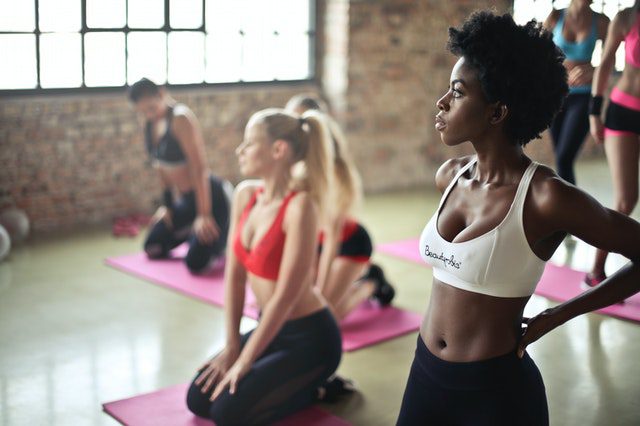Exercise and physical activity are part of the foundation for good health and wellness. It is one of the most important things we can do to improve our overall health and lower insurance costs. Exercise lowers the risk of many chronic diseases and improves energy levels.
Exercise also helps lower certain types of insurance costs, like health insurance. Health insurance and PIP insurance are two different insurance types, so it’s important to know whether you need PIP or health insurance.
Health insurance includes coverage for annual medical appointments and screening, prescription drug coverage, specialist visits, and hospitalization. PIP insurance is a type of auto insurance that covers medical costs from an accident.
The great thing about physical activity is that it can be done anywhere, even conveniently at home. However, it can be a challenge to keep up with exercise routines when we exercise at home.
Here are some tips for keeping up a good fitness and physical activity routine at home. We also provide a few sample workouts that can be done at home with minimal equipment.
Benefits of Physical Activity
We all know that physical activity and exercise have numerous health benefits, so keep those in mind. Exercise helps improve the quality of sleep, boosts mental health, lowers the risk for diabetes, enhances heart health, helps manage weight, and keeps bones and muscles strong and healthy.
Schedule Exercise Like an Appointment
If you can get into the habit of scheduling your exercise or physical session just like an appointment, it will help you stick to your commitment. Put your exercise “appointment” on your calendar and block off the amount of time you need for your entire workout routine.
Just like you commit to a doctor’s appointment, you will stick to your exercise appointment.
Find Activities You Enjoy
Everyone has different physical activities they enjoy the most. Working out should not be a chore, so figure out what activities you enjoy the best and participate in these the most often.
For example, do you find that walking is a great stress reliever and makes you feel energized? If so, add a morning walk to your daily routine.
Workout First Thing in the Morning
Working out in the morning has multiple benefits. It helps you feel energized, awake and accomplished early in the morning. You are also less likely to talk yourself out of working out, make excuses, or have something unexpected pop up if you exercise in the morning rather than the afternoon or evening.
Getting an early workout helps you get the day off to a great start. If you have young children, this may be one of the only opportunities to exercise before the kids wake up. If you have a busy work schedule, it might be better to get a morning workout in so you don’t get caught at work or have to go to an unexpected, late meeting.
Reward Yourself
Using a reward system to motivate yourself to exercise is another great idea. Your reward could be money, a non-food treat, or something else that keeps you motivated and excited. For example, you could put $1 in a jar every time you work out or for every mile you walk or run.
Once you get enough money saved, you could buy a new workout outfit, a reusable water bottle, or a massage.
Set Weekly SMART Goals
One way to help you be successful in reaching your health and fitness goals is to set SMART goals — specific, measurable, attainable, realistic, and time-focused. A SMART goal can be either short-term within the next few weeks or months, or it can be long-term. A long-term SMART goal should be broken up into some short-term steps to ensure you are successful.
A short-term SMART goal might be to do a 30-minute workout four days a week using one of the sample workouts in this article. A long-term SMART goal might be to walk/run a virtual 5K race in three months. Then you could create weekly SMART goals to help you train for the race.
Setting SMART goals is important, and another idea is to share these goals with a friend or family member. Friends and family members can check in with you and see how you are progressing toward your goals.
Find a Workout Buddy
A workout buddy is a great motivational tool. You can motivate each other to workout and cheer each other on when you meet your health and fitness goals.
Your workout buddy could be a friend, family member, neighbor, or partner. There are also benefits to exercising with your partner or spouse for both of you.
Have a Well-Rounded Routine
An ideal fitness routine should include activities that improve cardiorespiratory endurance, muscular strength, muscular endurance, flexibility, balance, and coordination. Cardiorespiratory endurance activities can include walking, running, riding a bike, or swimming.
Muscular strength and muscular endurance are improved through strength training or weight training. Flexibility is enhanced by stretching, Pilates, or yoga. Balance and coordination can be combined with any of the above exercises or activities.
Use a Streaming Service or Videos
It can be difficult to stay motivated to work out alone, and sometimes it’s easy to get into a rut, or it gets boring. One option to easily change your workouts is to use a streaming fitness service.
There are a number of streaming services with many different types of workouts available. Some offer live workouts, recorded workouts, or a mixture of the two. Many of them offer a free trial before paying for the service. Some of the popular ones include Peloton, Daily Burn, and Aaptiv.
There are also a variety of workout videos available on YouTube. You can find free Bootcamp, yoga, and bodyweight workouts online.
Listen to Your Body
It can be easy to overdo it when it comes to physical activity. If you are feeling exceptionally tired or fatigued, it might be time for a rest or recovery day. If you have hit a plateau and are not seeing much improvement, it may also be time for a rest day or two.
Get the Necessary Equipment
Many home workouts can be done with minimal equipment. Some good workout equipment to get started with includes a yoga mat, resistance bands, a few sets of hand weights, jump rope, and a step/bench step.
Additional equipment that would be useful includes a bench, TRX training straps, additional hand weights, a treadmill, a stationary bike, or a kettlebell.
Sample Workouts
Each of these workouts should include a warm-up and a cool-down, stretching time at the end of the workout. For instructions on how to do these exercises with proper form and technique, consult an online exercise library.
Circuit Training Workout
Circuit training can help improve strength and endurance. You should complete each exercise as many times as possible in one minute and allow 30 seconds to one minute to rest in between each exercise. You need hand weights, a mat, and a jump rope.
The circuit should be completed at least once to last around 20 minutes but can be completed multiple times. Circuit exercises include push-ups, triceps extension, jumping jacks, squats, lunges, burpees, biceps curls, shoulder press, jumping rope, planks, back extensions, and lateral speed skaters.
Bodyweight Workout
Bodyweight exercises can be done with no equipment and improve strength and endurance. These exercises are convenient while traveling or if you have limited fitness equipment. Do one to two sets of 10-12 repetitions of each exercise, and it should take you 30 to 60 minutes.
Bodyweight workout exercises are squats, walking or backward lunges, planks, push-ups, jumping jacks, high knees, jump squats or jump lunges, back extensions, burpees, lateral speed skaters, step-ups, glute/hip bridges, mountain climbers, toe raises, and bicycle crunches.
Beginner Cardio and Strength Workout
This is a beginner fitness routine and should take about 40 to 60 minutes. The only equipment you need is a mat and hand weights. You will also need a place outside to walk or jog one mile.
Warm-up, then walk, jog, or run one mile. If you do not have a way to measure the distance, walk for about 15-20 minutes or jog for about 10-15 minutes. Complete one to two sets of 10 to 12 repetitions of each of the following exercises:
- Chest press
- Lateral raises
- Biceps curls
- Triceps extensions
- Low rows
- Crunches
- Back extensions
- Lunges
- Squats
- Toe raises
After those exercises, walk, jog, or run one mile before a short cool down walk. Finish the workout with five to ten minutes of stretching. You could also switch the one-mile of walking or jogging for a three-mile bike ride.





